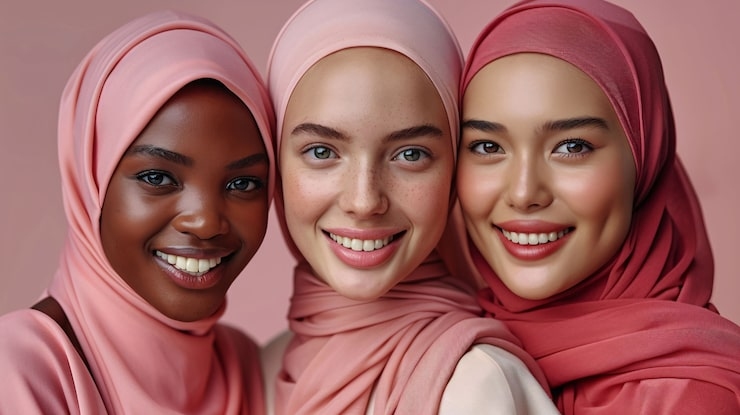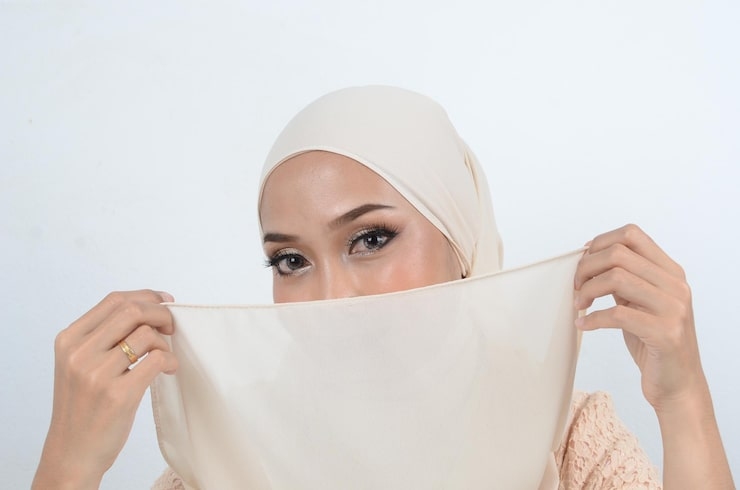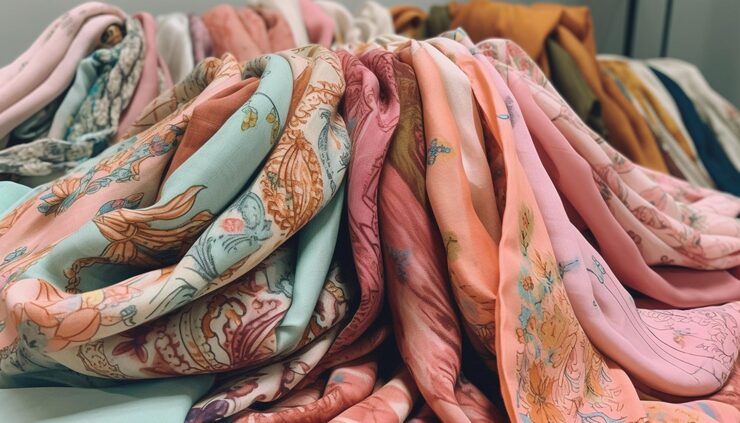The History and Cultural Significance of Tudung
The History and Cultural Significance of Tudung
Introduction: Cultural Background and Evolution of Tudung
Tudung is a headscarf commonly worn by Muslim women in Southeast Asia, including Malaysia and Singapore. It is not only a kind of clothing,
but also a symbol of culture, belief and identity. Tudung has a long history and far-reaching influence in local society. Over time, its appearance,
wearing method and social significance have also been evolving. This article will explore the origin and development of Tudung from historical,
religious, cultural and social perspectives, as well as its status in modern society.
Origin and History of Tudung
1. Early History of Tudung
The term Tudung comes from Arabic, which means to cover or cover. Although the name "tudung" refers specifically to headscarves in
Southeast Asia, similar headscarf traditions existed in the Middle East and North Africa before the spread of Islam. With the rise of Islam, the
habit of women wearing headscarves gradually became a religious obligation and spread to Southeast Asia, including Malaysia, Indonesia and
the Philippines.
2. The Relationship between Islam and Tudung
In the Quran, the teaching that women should cover their bodies has profoundly influenced the dress norms in Muslim culture. In particular, in
the Quran 24:31 and 33:59, it is clearly stated that women should cover their hair and body curves to show modesty and dignity. This doctrine
has been widely followed in Muslim communities in Southeast Asia, prompting local women to gradually use Tudung as part of their daily
clothing, especially in religious activities and public occasions.
3. The evolution of Tudung in Southeast Asia
In the early 20th century, Tudung was commonly worn by women in Southeast Asia, but the style was relatively simple, usually a piece of cloth
or shawl around the head. With the changes in society and the influence of globalization, the style of Tudung began to diversify, becoming a
dress that not only has religious significance, but also is full of fashion and personal style. Since the 1960s, especially in Malaysia and Singapore
after independence, Tudung has gradually been recognized as a religious and cultural symbol of modern women, and more and more women
have begun to wear it in their daily lives.
The cultural and religious significance of Tudung
1. Tudung and the principle of modesty in Islam
The wearing of Tudung is a manifestation of women's modesty and self-respect. In Islam, women are taught to cover their beauty and figure in
public to avoid attracting unwanted attention. This rule is not limited to hair, but also includes breasts and other parts of the body. Tudung, as
a covering garment, is one of the ways for women to follow religious teachings and a means of self-protection for women.
2. Tudung's social status symbol
In Southeast Asia, especially Malaysia and Indonesia, Tudung is not only a manifestation of faith, but also a symbol of cultural identity. Women
who wear Tudung are often considered to be traditional women, reflecting their commitment to family, religion and social responsibilities. In
some Muslim communities, Tudung also symbolizes women's marital status and social status, and this tradition still has a certain influence in
modern society.
3. Tudung's modern transformation: fashion and personalization
Although Tudung was originally a religious obligation, with the development of society, especially the increase in education and employment
opportunities for women, Tudung's appearance and function have gradually changed. Today, Tudung is not only a symbol of religious belief,
but also a fashion statement. Many women express their personality and aesthetics by choosing Tudung of different materials, colors, styles
and decorations. This shift reflects the balance between Muslim women's pursuit of modernity and fashion while maintaining their religious
beliefs.
Tudung's role and challenges in modern society
1. Tudung and women's autonomy
With the advancement of globalization, Muslim women's right to choose when wearing Tudung has gradually gained attention. Many people
believe that wearing Tudung is a manifestation of women's autonomous choice, rather than a simple social pressure or religious command. In
some societies, Tudung has become a way for women to pursue self-expression, show their faith, and protect their privacy. Many young women
pay more attention to personal style and fashion sense when wearing Tudung.
2. Social acceptance of Tudung
In some non-Muslim societies, women who wear Tudung sometimes face prejudice and misunderstanding. In Western countries, Tudung is
sometimes seen as a symbol of oppression of women, while in some Muslim societies, women who wear Tudung may face social discrimination
or exclusion. Faced with these challenges, many women who wear Tudung have promoted the understanding and acceptance of
multiculturalism by confidently displaying this cultural symbol.
3. Tudung and globalization
The impact of globalization has made Tudung an important element in the international fashion circle. From fashion shows to street trends, the
styles and wearing methods of Tudung have gradually attracted the attention of people all over the world. Many designers have combined
Tudung with modern fashion elements to create styles that are both in line with religious requirements and fashionable. The globalization
trend of Tudung has not only enhanced the self-confidence of Muslim women, but also provided a new platform for global cultural exchanges.
Conclusion: Cultural Heritage and Modern Challenges of Tudung
As an ancient cultural and religious symbol, Tudung has undergone hundreds of years of evolution and still occupies an important position
among Muslim women in Southeast Asia. It is not only a manifestation of the Islamic doctrine of modesty, but also a symbol of women's
identity, social status and personality. With the changes in society and the integration of cultures, the wearing methods and meanings of
Tudung have been constantly changing, retaining the traditional religious colors and incorporating modern fashion and personal style.
Whether in the traditional society of Southeast Asia or in the globalized modern city, Tudung connects faith and culture in its unique way,
showing the confidence and beauty of Muslim women.




